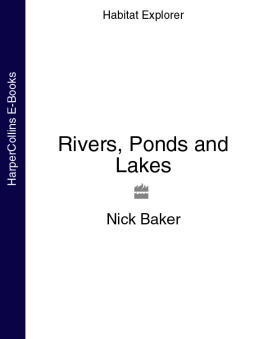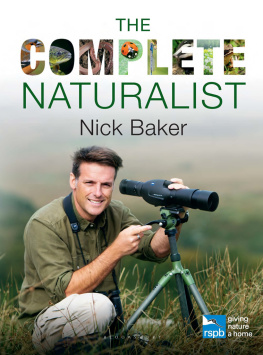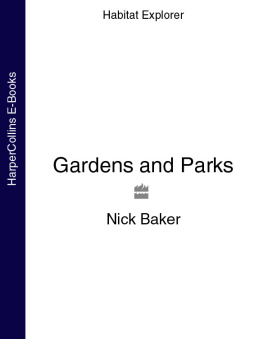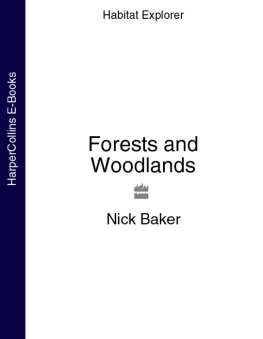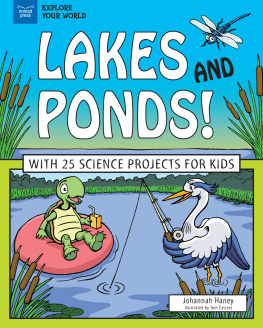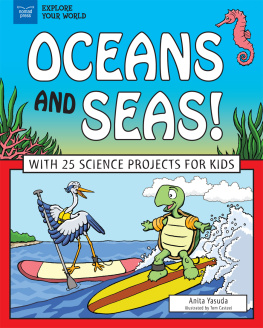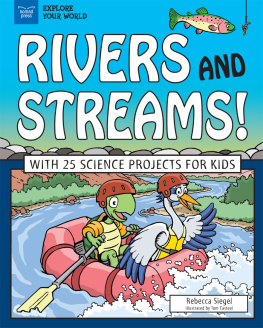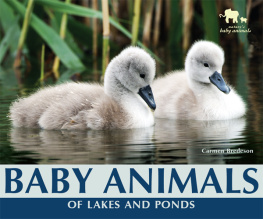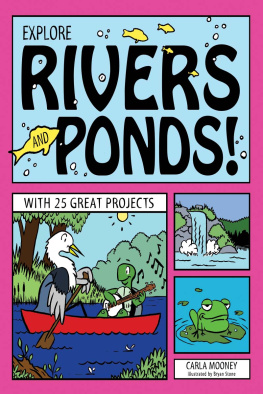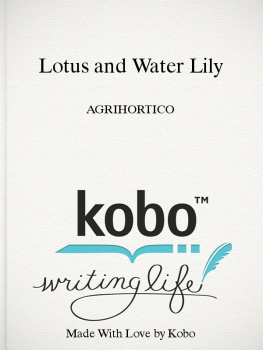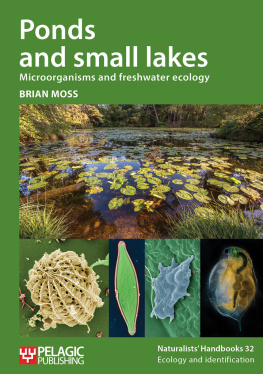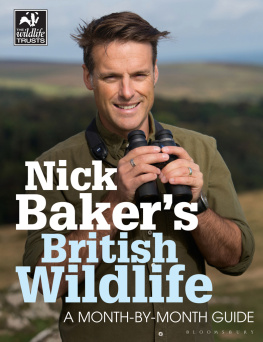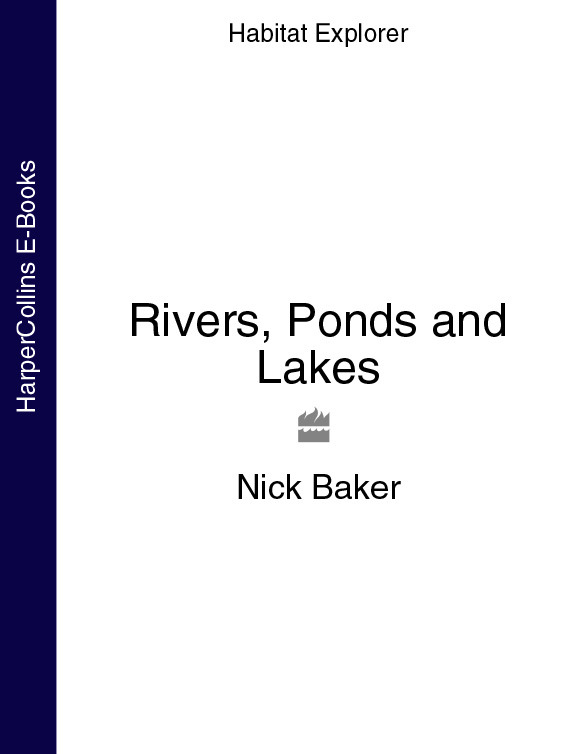
I dedicate this book to my friend Sue Daniells, an adult who should know better!
For many fascinating hours pouring through the sludge in the bottom of countless pond nets.
First published in 2006 by Collins
an imprint of HarperCollinsPublishers
7785 Fulham Palace Road
Hammersmith, London W6 8JB
www.harpercollins.co.uk
Collins is a registered trademark of HarperCollins Publishers Ltd
Text Nick Baker 2006
A catalogue record for this book is available from the British Library.
Editorial director: Helen Brocklehurst
Editor: Emma Callery
Designer: Sue Miller
Photographer: Nikki English, except for those pictures credited below
Flick book illustrations: Lizzie Harper
Editorial assistant: Julia Koppitz
Production: Graham Cook
Photograph credits (b = bottom, l = left, m = middle, r = right, t = top)
Page 5: Wil Meinderts/Foto Natura/FLPA; 13 (t, bl), 20: Nicholas Phelps Brown/Nature Photographers Ltd; 13 (br), 18, 23 (bl, r), 27 (t), 34, 38, 42, 47 (tr, bl), 57 (b), 63 (ml), 65 (t), 67: Paul Sterry/Nature Photographers Ltd; 16, 29 (b), 35 (r): S C Bisserot/Nature Photographers Ltd; 23 (t): Alan Williams/NHPA; 23 (m): Norbert Wu/FLPA; 26 (l): A E Bonsall/Nature Photographers Ltd; 26 (r), 47 (br), 59 (tr): Geoff du Feu/Nature Photographers Ltd; 27 (l): John Shaw/NHPA; 27 (r): R Sorensen & J Olsen/NHPA; 28, 29 (t): Duncan Usher/Foto Natura/FLPA; 37: Acres Wild/Ian Smith; 39 (tl, br), 41 (br): Stephen Dalton/NHPA; 39 (tr): Foto Natura Stock/FLPA; 39 (bl): George Bernard/NHPA; 40: Heather Angel/Natural Visions; 41 (bl): George Bernard/NHPA; 48: Martin B Withers/FLPA; 52: Hugh Miles/Nature Photographers Ltd; 56: Philip Newman/Nature Photographers Ltd; 57 (tl): Mike Lane/NHPA; 65 (b): Cisca Castelijns/Foto Natura/FLPA.
All rights reserved under International and Pan-American Copyright Conventions. By payment of the required fees, you have been granted the nonexclusive, nontransferable right to access and read the text of this e-book on-screen. No part of this text may be reproduced, transmitted, downloaded, decompiled, reverse-engineered, or stored in or introduced into any information storage and retrieval system, in any form or by any means, whether electronic or mechanical, now known or hereinafter invented, without the express written permission of HarperCollins e-books.
HarperCollinsPublishers has made every reasonable effort to ensure that any picture content and written content in this ebook has been included or removed in accordance with the contractual and technological constraints in operation at the time of publication.
Source ISBN: 9780007207640
Ebook Edition OCTOBER 2013 ISBN: 9780007556618
Version: 2013-10-11

Contents
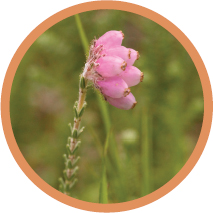
Life needs water and so wherever water accumulates on the planets surface, life tends to concentrate; whether its something as temporary as a puddle or as vast as the ocean. In this book I concentrate the naturalists explorations on those readily available pools of freshwater puddles, ponds, rivers and bogs focusing on ways to explore the moist worlds and the creatures they contain.

There is no supply of new water on our planet: the water we use has been used and re-used for millions of years. When water is heated it evaporates (like steam from a boiling kettle) and rises until it cools and turns into clouds. These clouds burst when they get too heavy, releasing their vapour as rain falling to the ground. This flows into rivers, lakes and seas, from where the whole cycle starts again.
From puddles to lakes, ditches to rivers, bogs to mires and water butt to fish tank, each contains a whole world of the weird and wonderful, unusual and fascinating. Whether you choose to dive into all the activities I have pulled together from years of being an avid pond dipper or whether you are just looking for a cool way to spend an afternoon, hopefully a page or two will catch your imagination and you will never look at a frog or a water beetle in the same way again!
Different kinds of freshwater attract different kinds of life, which have tuned their lifestyles and body shapes to the challenges that each habitat contains. Life in a pond may look similar to life in a stream and there may well be overlap for some animals and plants but look closer and more often than not, the animals and plants differ quite a lot from one another.
The differences are reflected within the pages of this book and broken down into corresponding chapters that deal with each. Many of the activities, however, are not necessarily exclusive to each habitat, so go out with this thought in your mind: Eyes peeled, mind open and net and jam jar ready and enjoy getting wet and muddy.

A boggy bit of land, swamp and marsh may not have much water that is obvious, but the puddles that do exist are often home to some very rare and specialized creatures that can handle the slightly more acidic conditions.

It doesnt have to be a natural water body to be of interest to wildlife; a simple water butt or a cattle trough will appeal just as much.
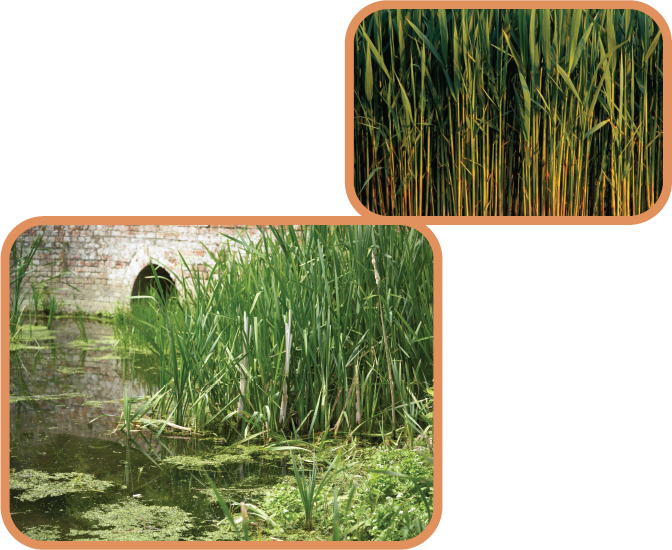
This slow-moving mill pond has a rich growth of water weeds and is home to a mixed bunch of animals, some of which are found in both flowing and still water.
A bag of holes!
Naturalists and nets go together like sharks and teeth! They are simply very useful extensions to the human body and allow us to touch places that would otherwise be hard to reach. Nets become the means by which we enter another world. Because of this, there is a responsibility and a code of conduct that should be followed to avoid unnecessary suffering and discomfort to your subjects.
Whatever net you are using, at some point you will have to lift it clear of the water. As soon as the water has drained through the holes, any living things in the net are going to start feeling uncomfortable. So handle and sort the contents as soon as possible. Some creatures, such as adult water insects, are OK for quite some time but other creatures, such as fish and tadpoles, need water to breathe and will also dry out and dehydrate very quickly.
You must make sure EVERY living creature is happy and reasonably content submerged in water in tubs, buckets, pots and trays before you start observing any of them.

Nets are invaluable to the water naturalist, but you need to use them in conjunction with a tray or tub. This is so you can sort through what, at first hand, often appears to be nothing but a mass of sludge.
Next page
